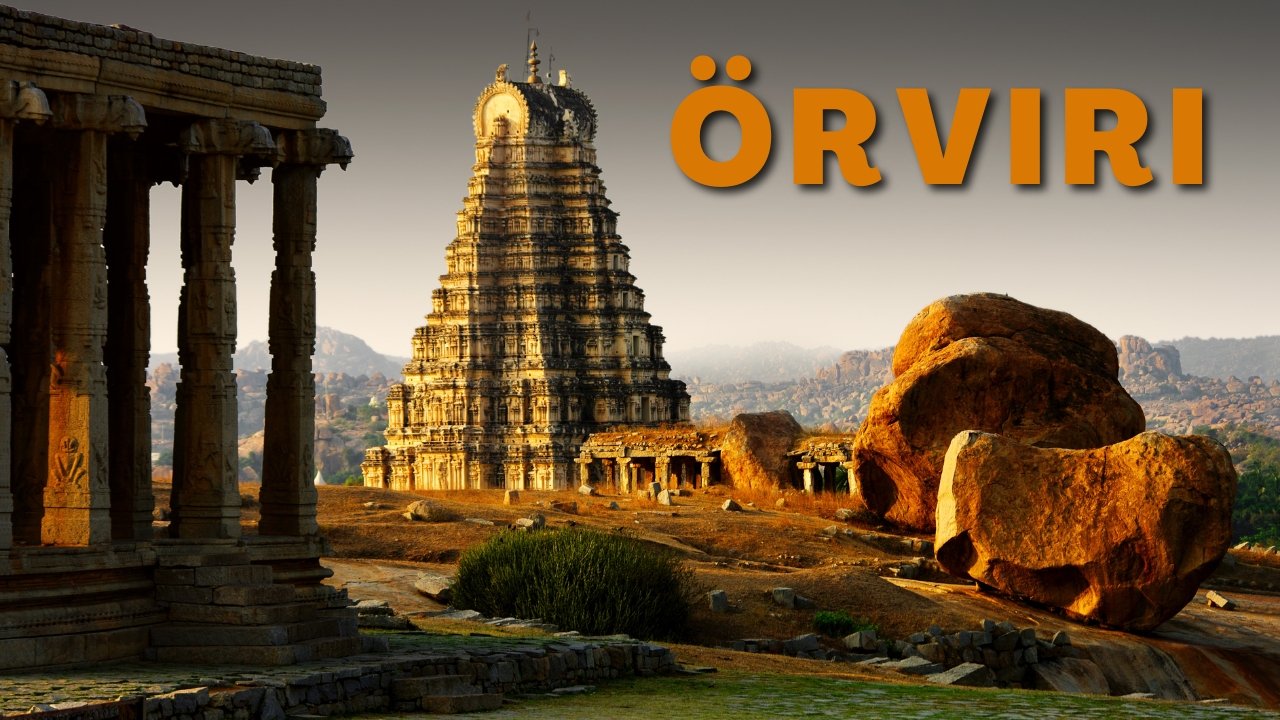Ever heard of örviri? It’s a cultural gem that has been passed down through generations, holding a special place in the hearts of those who cherish their heritage. In this article, we’re going to explore every facet of örviri, from its origins to its contemporary significance. By the end, you’ll understand why this tradition is worth preserving and celebrating.
The Origin of örviri
Historical Background
The roots of örviri stretch back centuries, embedded deep within the history of its originating culture. It began as a series of rituals performed by ancient communities to celebrate the seasons, honor deities, and mark significant life events.
Geographic Roots
Originally, örviri was practiced in a specific region known for its rich cultural tapestry. This area, with its unique geography and climate, influenced the development of örviri’s distinctive practices and tools.
Cultural Significance of örviri
Role in Traditional Celebrations
örviri plays a pivotal role in various festivals and celebrations. It’s not just a practice but a spectacle, a communal event that brings people together to celebrate shared values and heritage.
Symbolic Meanings
Each aspect of örviri carries symbolic weight. The colors, patterns, and materials used all convey specific meanings, often related to prosperity, protection, and unity.
örviri in Modern Times
Contemporary Practices
While the core of örviri remains unchanged, contemporary practices have adapted to modern lifestyles. People now incorporate elements of örviri into daily life, from fashion to home decor, blending tradition with modernity.
Changes Over Time
As with any tradition, örviri has evolved. Modern tools and techniques have been adopted, and some rituals have been simplified. However, the essence of örviri continues to thrive, thanks to the efforts of cultural custodians.
Traditional örviri Practices
Rituals and Ceremonies
Traditional örviri rituals are elaborate and meticulously planned. They often involve specific chants, dances, and offerings, each step performed with precision and reverence.
Tools and Materials Used
From handmade instruments to natural dyes, the tools and materials of örviri are as unique as the tradition itself. Craftspeople spend years mastering the techniques required to create these items, ensuring that each piece is both functional and symbolic.
The Art of Making örviri
Step-by-Step Process
Creating örviri is an art form. It starts with gathering materials, followed by a series of steps that include shaping, decorating, and finalizing the piece. Each stage requires careful attention to detail and a deep understanding of the tradition.
Skills Required
Mastering örviri takes years of practice. It requires not just technical skills but also a deep appreciation for the cultural context and symbolism behind each element.
örviri and Community Bonding
Social Aspects
örviri is more than a cultural practice; it’s a social glue that binds communities together. It fosters a sense of belonging and mutual respect, reinforcing social bonds through shared experiences.
Festivals and Gatherings
Festivals centered around örviri are vibrant, lively affairs. They provide an opportunity for communities to come together, celebrate their heritage, and pass on traditions to younger generations.
örviri in Folklore and Mythology
Legends and Stories
Many legends and myths are woven around örviri, each story adding a layer of depth and meaning to the practice. These tales often highlight the origins of örviri and its significance in the cultural landscape.
Influence on Local Literature
örviri has left an indelible mark on local literature, inspiring poets, writers, and storytellers. It is a recurring theme in folklore, symbolizing various cultural and moral values.
örviri Across Different Regions
Regional Variations
While the core principles of örviri remain consistent, regional variations add a rich diversity to the tradition. Each area brings its unique flavor, influenced by local customs, resources, and history.
Unique Customs
Some regions have developed unique customs within the broader framework of örviri. These variations are celebrated and respected, showcasing the adaptability and resilience of the tradition.
Preservation of örviri
Efforts to Keep the Tradition Alive
Various organizations and individuals are dedicated to preserving örviri. Through workshops, festivals, and educational programs, they strive to keep the tradition vibrant and relevant.
Role of Cultural Organizations
Cultural organizations play a crucial role in the preservation and promotion of örviri. They provide platforms for artisans, organize events, and engage in advocacy to ensure the tradition’s survival.
örviri in Art and Craft
Artistic Expressions
örviri has inspired countless artists and craftsmen. Its motifs and techniques are often seen in paintings, sculptures, and various forms of decorative arts, reflecting its profound influence.
Influence on Local Crafts
Local crafts have been significantly influenced by örviri, with many artisans incorporating its elements into their work. This synergy has enriched both the tradition and the craft, creating a vibrant cultural tapestry.
örviri and Tourism
Attraction for Tourists
örviri is a significant draw for tourists, eager to experience the tradition firsthand. Cultural tours, workshops, and festivals offer immersive experiences, promoting cultural exchange and understanding.
Cultural Tourism Impacts
Cultural tourism has both positive and negative impacts on örviri. While it helps in promoting and preserving the tradition, it also poses challenges in terms of commercialization and authenticity.
Challenges Facing örviri Traditions
Modernization and Cultural Shifts
Modernization poses significant challenges to örviri, as younger generations may drift away from traditional practices. Balancing modernity with tradition is crucial for its survival.
Efforts to Overcome These Challenges
Efforts are being made to overcome these challenges through education, awareness campaigns, and by making örviri more accessible and appealing to younger people.
The Future of örviri
Predictions and Hopes
The future of örviri looks promising, with renewed interest and efforts to revive and sustain the tradition. As long as there are people passionate about their heritage, örviri will continue to thrive.
Involvement of Younger Generations
Engaging younger generations is key to the future of örviri. By involving them in the process and highlighting its relevance, we can ensure that this beautiful tradition continues for many more generations.
You May Also Like: Cassasse: The Delicious Dish Connecting Culture and Cuisine
Conclusion
örviri is more than just a cultural practice; it’s a living, breathing part of the heritage of its people. From its rich history to its modern adaptations, örviri continues to inspire and unite communities. As we look to the future, the preservation and celebration of örviri will ensure that this tradition remains a vibrant part of our cultural landscape.
FAQs
What is örviri?
örviri is a traditional cultural practice that involves a series of rituals, celebrations, and artistic expressions, deeply rooted in the heritage of its people.
How is örviri traditionally celebrated?
örviri is celebrated through various rituals and ceremonies, often involving specific chants, dances, and the use of traditional tools and materials.
Why is örviri important to the local culture?
örviri holds significant cultural importance as it embodies the values, history, and social bonds of the community, serving as a means of cultural expression and unity.
How has örviri evolved over time?
While maintaining its core principles, örviri has adapted to modern times with changes in tools, techniques, and some simplifications of rituals, blending tradition with contemporary elements.
What are the main challenges in preserving örviri?
The main challenges include modernization, cultural shifts, and the risk of losing authenticity due to commercialization. Efforts to educate and engage younger generations are crucial for its preservation.











